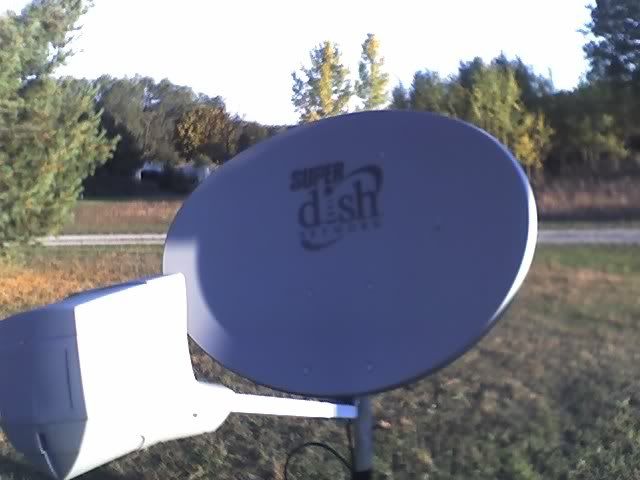Changing from 200 feet of RG-6 to using RG-213 and RG-8 instead would gain me >5dB which might be enough to make the signal watchable without changing anything else. Although RG-213 / RG-8 impedance is 50 ohms, the mismatch for receive may not be significant. I have some RG-213 and RG-8 on hand that I could try experimentally if I can figure a way to adapt the PL-259 connectors to the F-type connectors.
The 50 ohm mismatch is not good engineering, worse is the loss thru pl-259 connectors @ 1ghz, you may not get much improvement at all, but since you already own the materials can't hurt to try, see what happens.
When we talk about % improvements, most receivers have two. QUALITY, the most important, and signal level. Quality is first determined by the amount of signal you can cram down the feed horn (i.e. dish size), secondly by SNR of the lnb. Now at this point you re-transmit the down converted signal to the receiver. Signal level reaching the receiver is determined mostly by gain of the output stage of the lnb (usually 45-60 db) which is quite a bit and can get thru several hundred feet of coax, switches, motor junctions, splitters and still work quite well as long as that all important QUALITY was good at the beginning.
Try your coax, if not then go for a bigger dish.
Next time you come out of the woods to the world look on top of banks, gas stations, Walgreen's etc. for a 1.2m. these are all over the place and most out of service. Many can be had for the asking. Previously used for credit card verification, they are now doing that over IP networks.


